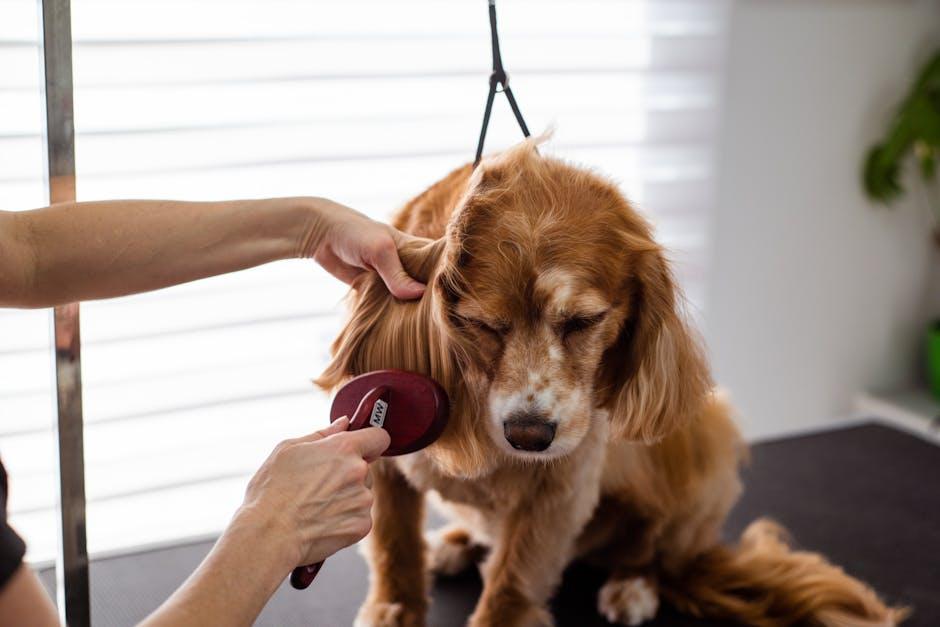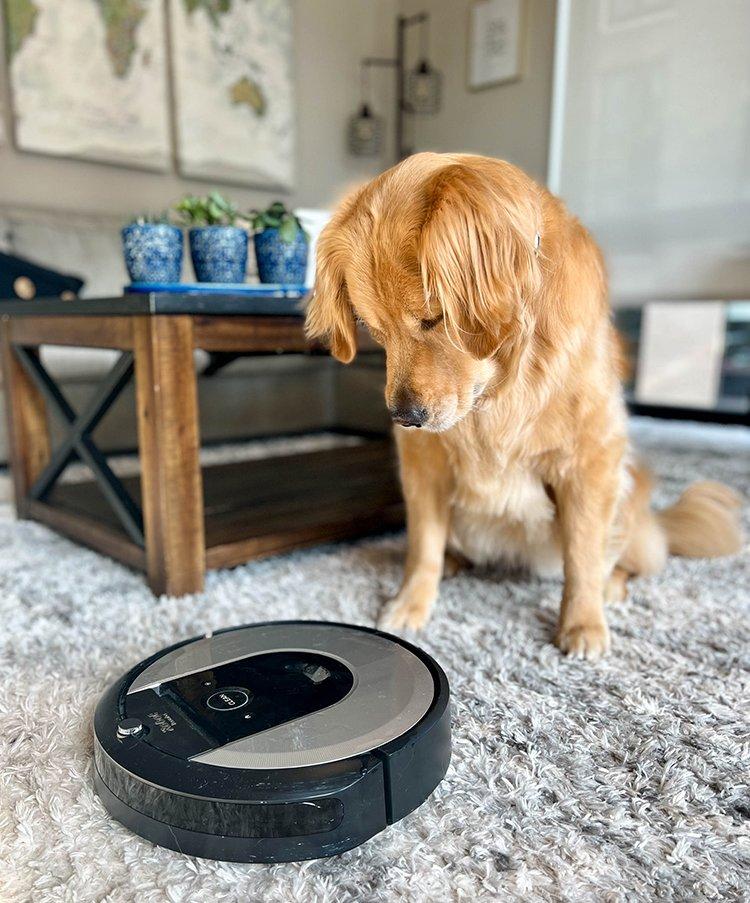Welcome to the world of dog ownership, where wagging tails and playful barks fill your home with joy and love. Alongside the companionship and laughter, however, comes the inevitable presence of dog hair. Whether you have a short-haired pup or a long-coated companion, managing pet hair is a common challenge for many dog owners. Fear not, for this guide is here to help you embrace the joys of pet parenthood while keeping your home clean and comfortable. With practical tips and heartfelt advice, we’ll explore effective strategies to tackle dog hair, ensuring your living space remains as inviting and warm as your furry friend’s wagging tail.
Understanding Your Dogs Shedding Cycle
Understanding the intricacies of your dog’s shedding cycle is pivotal in managing the whirlwind of fur that seems to adorn every corner of your home. Dogs typically shed their fur to remove old or damaged hair and to adapt to seasonal changes. Recognizing when your furry friend is likely to shed the most can help you prepare and reduce the amount of hair accumulating around your living space.
- Breed Matters: Different breeds have different shedding patterns. While breeds like the Siberian Husky or Labrador Retriever are known for heavy shedding, others like the Poodle or Bichon Frise tend to shed less.
- Seasonal Changes: Many dogs shed more in the spring and fall, a process known as “blowing coat.” This natural cycle allows them to prepare for the changing temperatures.
- Health Indicators: Excessive shedding could indicate underlying health issues such as allergies, poor diet, or stress. Regular vet check-ups can help ensure your dog’s shedding is normal and healthy.
By understanding these cycles, you can better equip yourself with the right tools and strategies to keep your home fur-free. Regular grooming and a healthy diet are excellent starting points in managing shedding. Embrace the process and remember that shedding is a natural part of your dog’s life, one that connects them to the rhythm of nature.

Effective Cleaning Techniques for a Fur-Free Home
To maintain a fur-free home, it’s essential to employ a few strategic cleaning techniques. Begin by using a vacuum cleaner with a HEPA filter, which is excellent for capturing pet dander and hair. Consider investing in a robot vacuum that can run daily, keeping your floors consistently clean. For upholstery, utilize a rubber glove—simply dampen it and run your hand over surfaces to gather fur effectively. Another handy tool is a lint roller; keep one in each room for quick touch-ups.
- Microfiber cloths are fantastic for trapping pet hair on hard surfaces.
- Dryer sheets can be used on baseboards to repel fur.
- Pet-friendly sprays can minimize shedding by keeping your pet’s coat healthy.
Regular grooming is another key to reducing hair around the house. Brushing your dog frequently helps control shedding and minimizes the amount of fur that ends up on your furniture and floors. Create a cozy pet zone with blankets or pet beds to contain shedding to a specific area, making it easier to clean. Remember, consistency is crucial; incorporating these tips into your cleaning routine will ensure a fur-free sanctuary.

Choosing the Right Tools for Managing Dog Hair
When it comes to managing dog hair, having the right tools can make all the difference in maintaining a tidy home and a happy pet. Start with a high-quality brush suited to your dog’s coat type. For short-haired breeds, a rubber curry brush can effectively lift loose fur, while a slicker brush works wonders on longer coats. Deshedding tools are also invaluable, particularly during shedding seasons, as they can remove the undercoat without harming the topcoat.
- Vacuum Cleaners: Invest in a vacuum with strong suction and a pet hair attachment. Models with HEPA filters can help reduce allergens.
- Lint Rollers: Keep a few lint rollers around the house for quick touch-ups on furniture and clothing.
- Pet Hair Remover Gloves: These gloves allow you to groom your pet while collecting loose hair, making grooming sessions a bonding experience.
- Microfiber Cloths: Use them to wipe down surfaces; their static charge attracts and holds onto hair effectively.
By integrating these tools into your regular cleaning routine, you’ll not only keep your home cleaner but also ensure your dog feels more comfortable and loved.
Incorporating Dog-Friendly Fabrics and Furniture
When choosing fabrics and furniture for a home with dogs, it’s essential to consider materials that are both stylish and resilient. Opt for microfiber or leather, which are known for their durability and ease of cleaning. Microfiber, in particular, is a tightly woven fabric that resists pet hair and is simple to wipe down or vacuum. Leather, on the other hand, can be quickly wiped clean of hair and drool, though it might show scratches over time. For a cozier touch, consider canvas or denim, which are also tough and can withstand the wear and tear of dog life.
- Slipcovers: Use washable slipcovers on your sofas and chairs. They offer a layer of protection and can be easily removed and cleaned.
- Patterned Fabrics: Patterns can help camouflage any pet hair between cleaning sessions, making your space look tidy longer.
- Stain-Resistant Treatments: Consider applying a stain-resistant treatment to your furniture to prevent any accidental stains from becoming permanent.
Incorporating these thoughtful choices not only enhances the longevity of your furniture but also creates a welcoming environment for both you and your furry friend. Remember, selecting the right materials can make all the difference in maintaining a clean and dog-friendly home.

